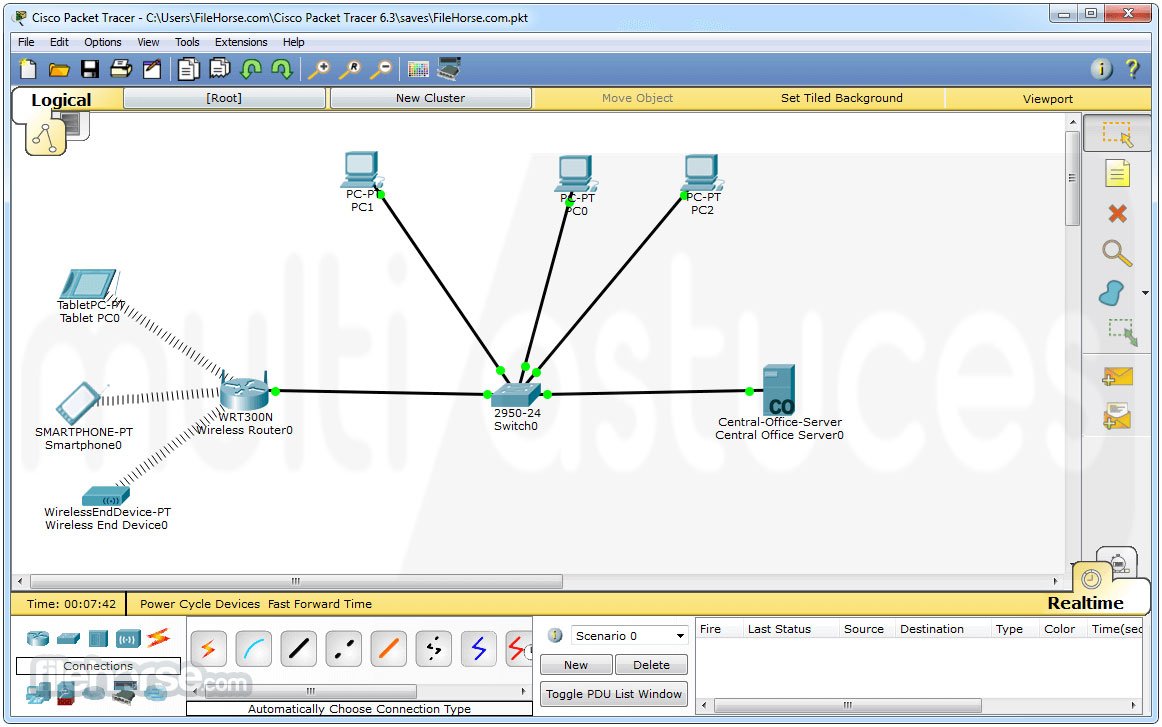

In those cases, use the “Initial.pkt” file for an example, which begins with a configuration state just before the example begins, as shown in Figure 2: However, it would help if you could begin with a network that matches what the example, with the devices configured to match the configuration state at the beginning of the example. Many examples have configuration, and for those, you can learn a lot by adding the configuration yourself. Figure 1 shows an example from the book with the configuration of interface IP addresses.įigure 1: An Example Example from a CCNA Official Cert Guide An example holds configuration commands and command output that shows the status of a device. For instance, if the example expects router interface IP addresses to already be configured, the initial PKT file includes those IP addresses, while the topology PKT file does not.Įnding PKT file: Adds to the Initial PKT file all the configuration shown in the examples, that is, the configuration state at the end of the example.įirst, think about an example in one of the CCNA Official Cert Guide (OCG) books. Initial PKT file: Adds to the Topology file all configuration on all devices before the example begins. Topology PKT file: It mimics the topology used by the example as much as possible, with hostname and passwords configured, and nothing else configured. Throughout the series, the blog post may list up to three Packet Tracer (.pkt) files for an example, as follows: Passwords: “ cisco” unless otherwise noted. Check out the first post in the series for more context. pkt files that we’ve built to match the examples in the books.

Using the Cisco Press CCNA books? Then you may want to use the Packet Tracer. 200-301 V2 Ch16: Controller-Based Networks.200-301 V2 Part 4: Network Architectures.200-301 V2 Ch12: Miscellaneous IP Services.200-301 V2 Ch05: Securing Network Devices.200-301 V2 Ch04: Security Architectures.200-301 V1 Ch25: Configure IPv6 Routing.200-301 V1 Ch24: Configure IPv6 Addressing.200-301 V1 Ch18: Troubleshooting Routing.200-301 V1 Ch16: Router Addresses and Routes.200-301 V1 Ch14: Analyzing IPv4 Subnets.200-301 V1 Ch12: Classful IPv4 Networks.


 0 kommentar(er)
0 kommentar(er)
